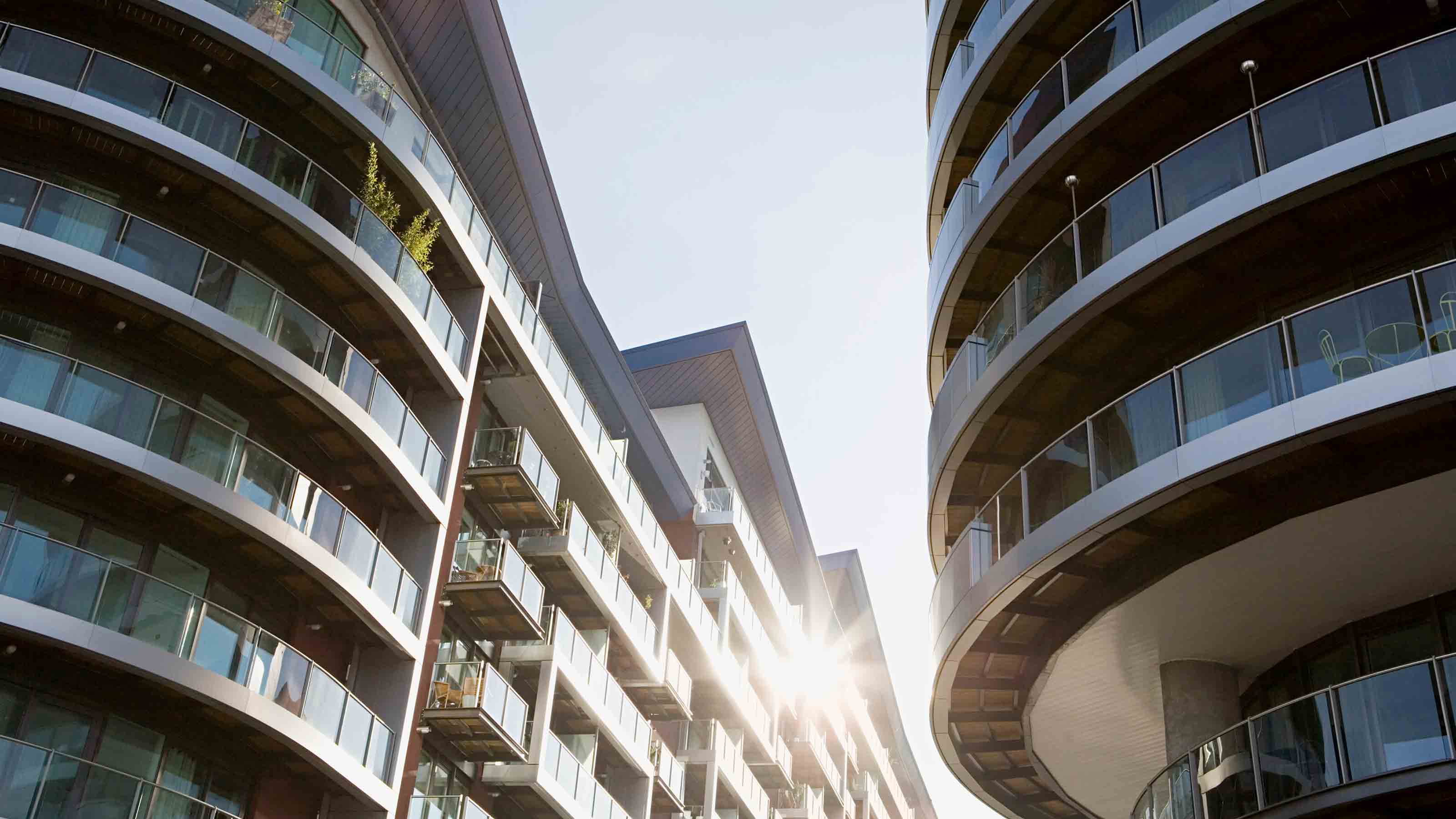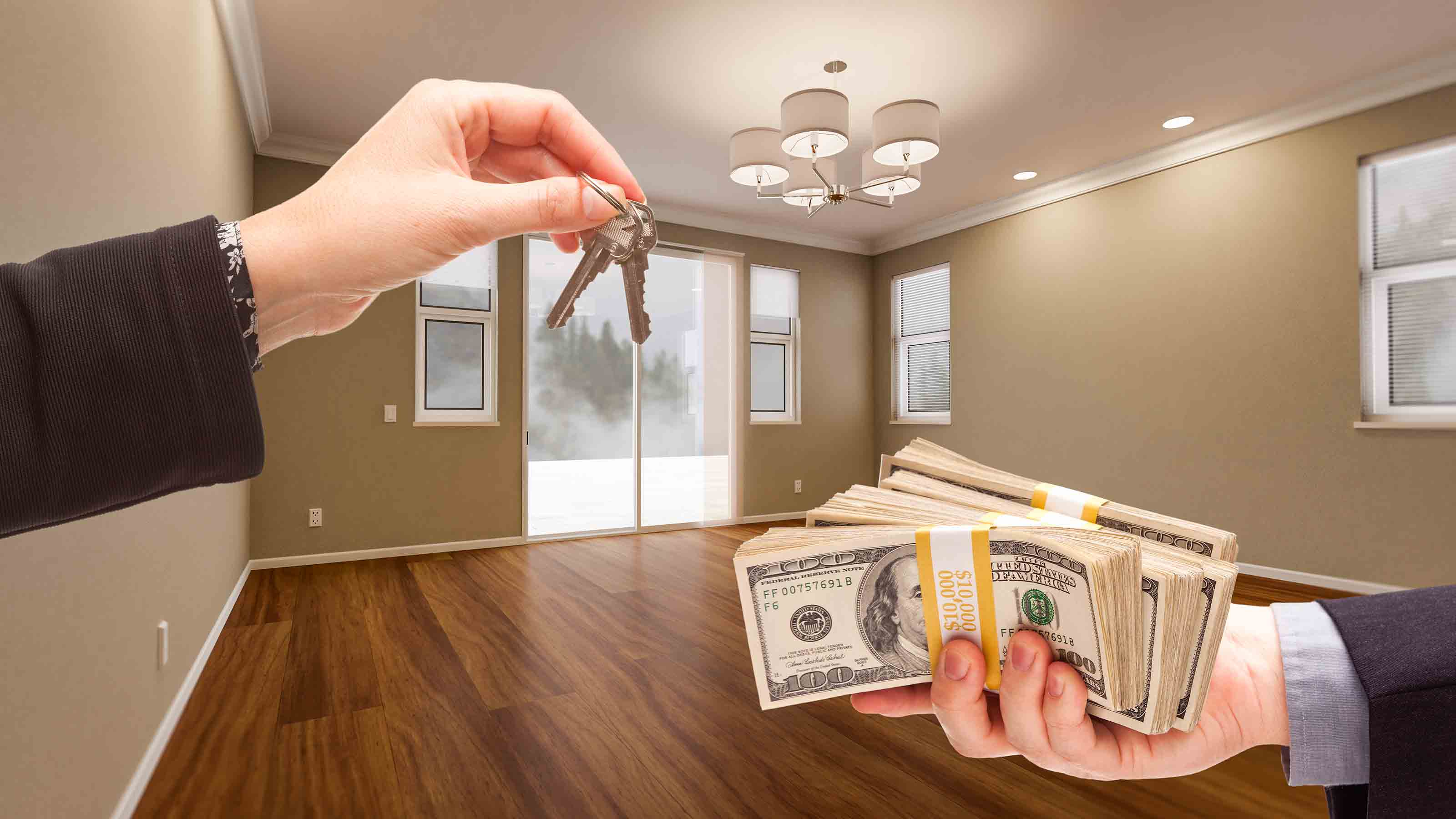Eco Building Hits the Mainstream
You don't have to live in a yurt to save the earth and cut your utility bills.
In 2003, Glenn Moore lost his home in Austin, Tex., to a fire. When he rebuilt, he wanted to save energy -- and money. His home, which Moore's architect describes as a "21st-century bungalow," features high-efficiency windows and HVAC system, a reflective metal roof, and walls that were built by injecting concrete into Styrofoam forms. The new house earned a five-star rating from Austin Energy's Green Building Program. Last fall, when a heat wave hit and the city set power-demand records, Moore used half as much electricity as the typical Austin-area homeowner.
High electricity and heating costs have revived interest in energy efficiency. But the movement toward green homes is also spreading because builders can put up normal-looking homes and still incorporate energy-saving features, such as home-monitoring technology and on-demand water heaters. Jim Petersen, director of research and development for Pulte Homes, says green is hot in the Southwest. Buyers accept higher costs, he adds, because even if they pay several thousand dollars more -- an extra $50 a month on the mortgage -- they save $100 on utilities.
Other builders are hopping on this bandwagon, partly to meet popular demand and partly to forestall being forced by law to build more-energy-efficient houses. National Association of Home Builders spokesman John Loyer says in ten to 15 years, building green may just be called building.

Sign up for Kiplinger’s Free E-Newsletters
Profit and prosper with the best of expert advice on investing, taxes, retirement, personal finance and more - straight to your e-mail.
Profit and prosper with the best of expert advice - straight to your e-mail.
--Pat Mertz Esswein
Garden Harvest
Do the words locally grown and farm fresh make you salivate? At www.localharvest.org, there is a nationwide directory of small farms, farmers markets and food co-ops, as well as retarurants specializing in local cuisine. Or buy fresh food online for local delivery or pick-up. Click on the map, or type in your zip code. (From the April 2006 issue of Kiplinger's Personal Finance.)
Get Kiplinger Today newsletter — free
Profit and prosper with the best of Kiplinger's advice on investing, taxes, retirement, personal finance and much more. Delivered daily. Enter your email in the box and click Sign Me Up.
-
 Stock Market Today: Stocks Gain on Tech, Auto Tariff Talk
Stock Market Today: Stocks Gain on Tech, Auto Tariff TalkThe Trump administration said late Friday that it will temporarily halt tariffs on some Chinese tech imports.
By Karee Venema
-
 Sam's Club Plans Aggressive Expansion: Discover Its New Locations
Sam's Club Plans Aggressive Expansion: Discover Its New LocationsSam's Club expansion plans will open up to 15 new stores each year. Learn where they plan to open in 2025.
By Sean Jackson
-
 How to Find Foreclosed Homes: Best Foreclosure Listings Sites
How to Find Foreclosed Homes: Best Foreclosure Listings SitesMaking Your Money Last Find foreclosed homes for sale on these foreclosure listing websites. Search for properties on these free, paid or government sites.
By Bob Niedt
-
 Luxury Home Prices Rise as the Rich Dodge High Mortgage Rates
Luxury Home Prices Rise as the Rich Dodge High Mortgage RatesLuxury home prices rose 9% to the highest third-quarter level on record, Redfin reports, growing nearly three times faster than non-luxury prices.
By Kathryn Pomroy
-
 Four Tips for Renting Out Your Home on Airbnb
Four Tips for Renting Out Your Home on Airbnbreal estate Here's what you should know before listing your home on Airbnb.
By Miriam Cross
-
 Five Ways to Shop for a Low Mortgage Rate
Five Ways to Shop for a Low Mortgage RateBecoming a Homeowner Mortgage rates are high this year, but you can still find an affordable loan with these tips.
By Daniel Bortz
-
 Looking to Relocate? Plan for Climate Change
Looking to Relocate? Plan for Climate Changebuying a home Extreme weather events are on the rise. If you’re moving, make sure your new home is protected from climate change disasters.
By Rivan V. Stinson
-
 Retirees, A Healthy Condo Has a Flush Reserve Fund
Retirees, A Healthy Condo Has a Flush Reserve FundSmart Buying Reserve funds for a third of homeowner and condo associations have insufficient cash, experts say. Here are some cautionary steps you should take.
By Patricia Mertz Esswein
-
 Cash Home Buyers: New Services Offer Help Making All-Cash Offers
Cash Home Buyers: New Services Offer Help Making All-Cash OffersBecoming a Homeowner Some firms help home buyers make all-cash offers on homes. Weigh the fees before you sign on.
By Emma Patch
-
 Home Sale Prices in the 50 Largest Metro Areas
Home Sale Prices in the 50 Largest Metro AreasBecoming a Homeowner What’s happening in the market where you live?
By the editors of Kiplinger's Personal Finance